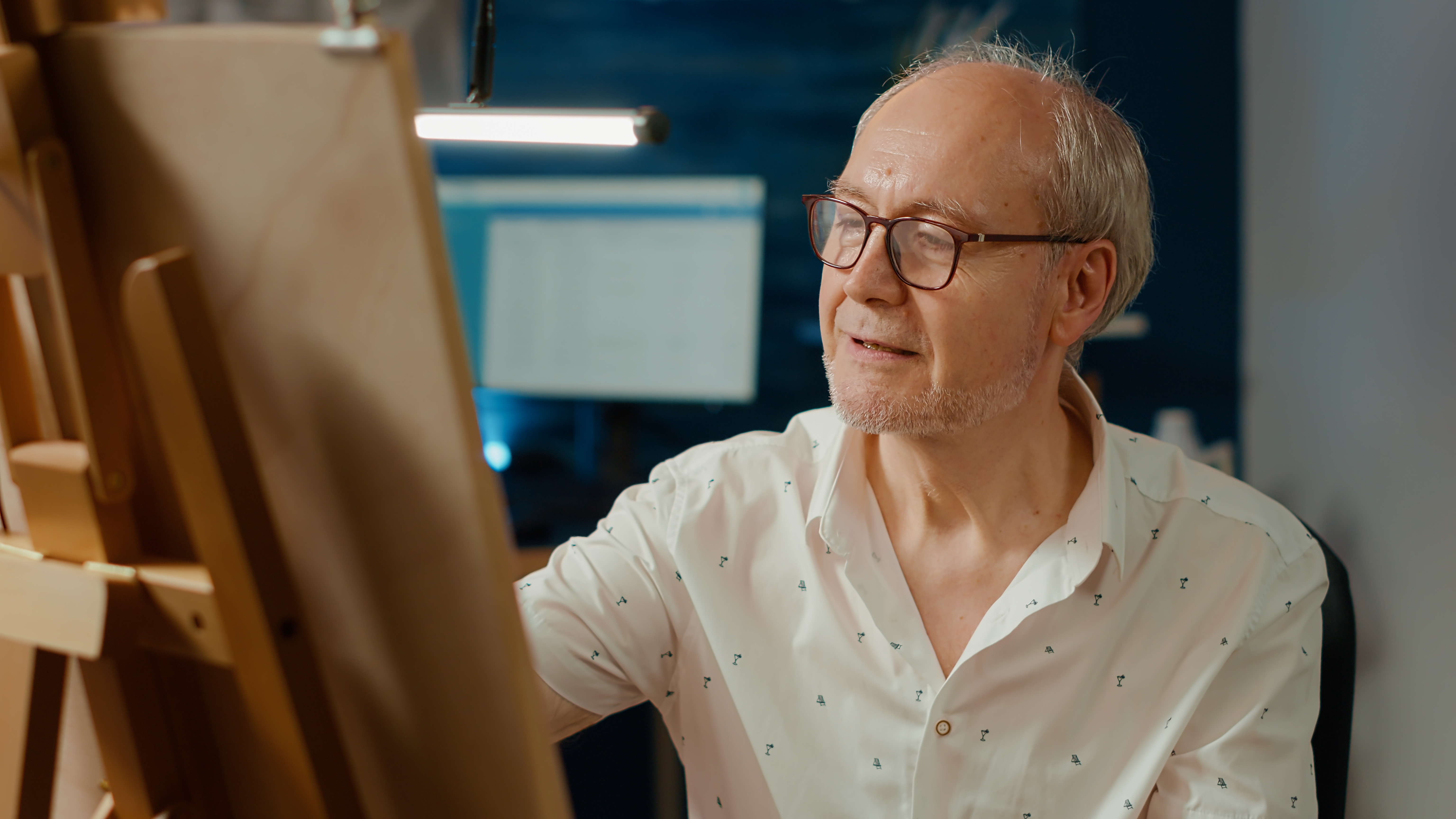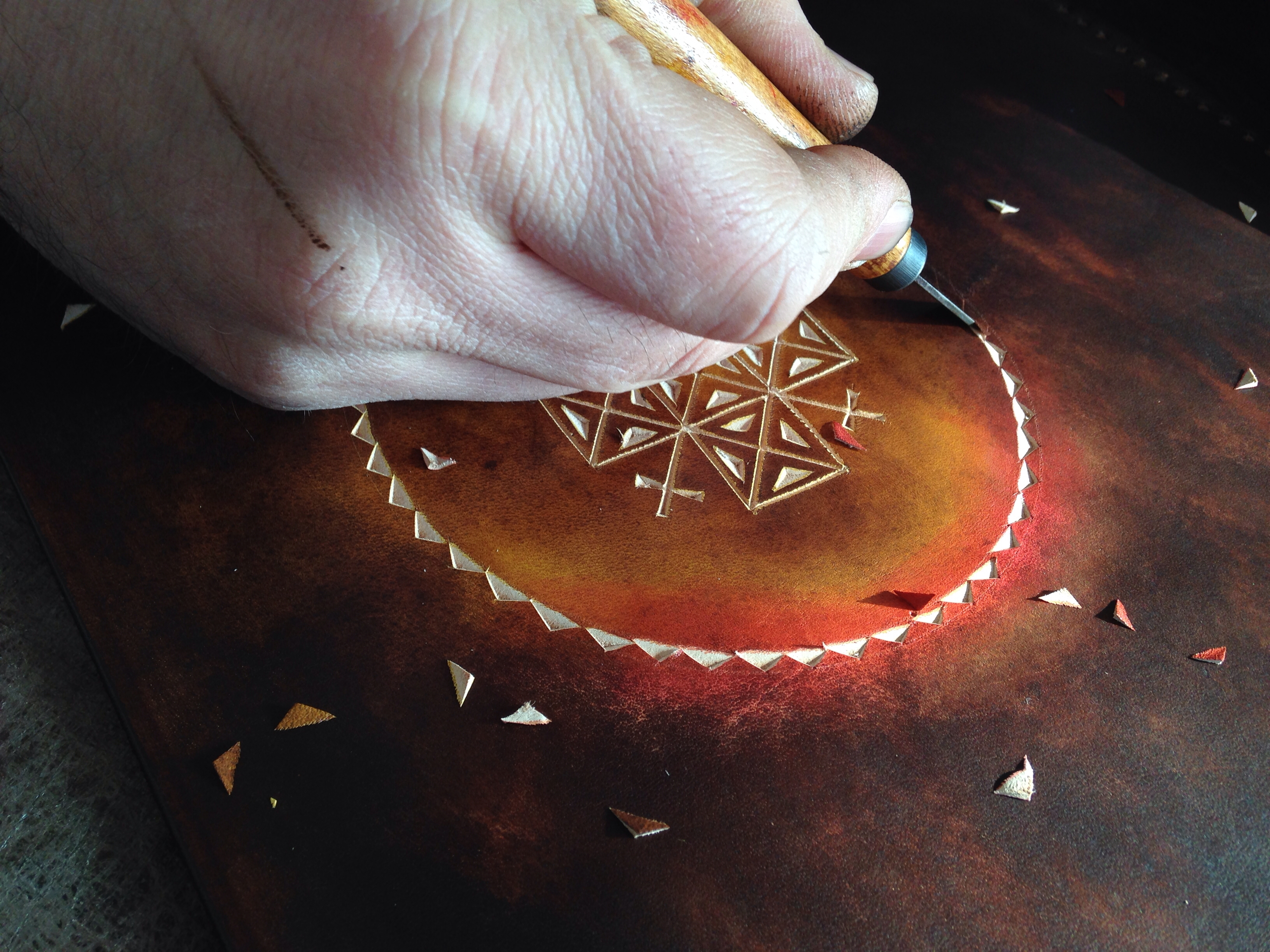The Art of Collecting: Understanding the Value of Art, Its Future, and Gallerie's Pivotal Role in the Evolving Art Market
Mar 28, 2023

Introduction
Art has been an essential part of human culture and history for centuries, with diverse roles ranging from aesthetic appreciation to social commentary. But what drives people to buy art, and what value does it hold? In this article, we will explore the reasons behind art collecting, its future in the art market, the concept of art as a store of value, and how Gallerie, an innovative decentralized art platform, is taking center stage in this evolving landscape.
Why Do People Buy Art?
One of the most common reasons people buy art is for the sheer enjoyment and personal connection it offers. Collectors often choose pieces that resonate with their tastes, experiences, or emotions, allowing them to curate a collection that reflects their unique identity and values.</[>
Cultural Preservation:
Art serves as a crucial link to our past, providing insight into the history, beliefs, and traditions of different cultures. By collecting art, individuals can contribute to the preservation and celebration of our diverse cultural heritage.
Social Status and Prestige:
For some collectors, acquiring valuable or rare art pieces serves as a symbol of social status and prestige. Owning high-quality artworks, especially those created by renowned artists, can elevate an individual's standing in social and professional circles.
Investment:
Art has long been considered a store of value, with collectors often acquiring pieces as a form of long-term investment. The art market has historically shown resilience during economic downturns, with some artworks appreciating significantly over time.
What Gives Some Art Forms More Value Over Others?
The value of art can be influenced by various factors, such as rarity, historical significance, cultural context, and the artist's reputation. Additionally, market demand, collector preferences, and expert opinions can also contribute to the perceived value of specific art forms or pieces.
The Future of the Art Market
As the art market evolves, several trends are expected to shape its future, including: Digitalization and Technology: The integration of technology into the art world is revolutionizing the way people discover, buy, and experience art. Virtual galleries, Augmented Reality (AR) viewing, and AI-powered recommendations are just a few examples of how technology is transforming the art market and making it more accessible to a wider audience.
Decentralization and Blockchain:
Gallerie leads the way in decentralizing the art market through blockchain technology, offering increased transparency, security, and accessibility. Gallerie is empowering artists, collectors, and buyers by providing a more equitable and efficient marketplace.
Growing Interest in Emerging Markets and Diverse Art Forms:
The future of the art market will likely see increased interest in emerging markets and diverse art forms, reflecting a more inclusive and globalized art landscape. This shift will create new opportunities for artists and collectors from diverse backgrounds to participate in the art market and showcase their unique cultural expressions.
Art as a Store of Value:
Art has long been considered a store of value due to its ability to retain or appreciate in value over time. This characteristic is particularly appealing to collectors who view art as a long-term investment, diversifying their portfolios and potentially offering a hedge against inflation or economic downturns.
Gallerie's Pivotal Role in the Evolving Art Market
Gallerie is an innovative decentralized art platform that addresses the needs of the modern art collector by offering a comprehensive solution for buying, selling, and experiencing art. Key features of Gallerie include:
Global Exposure and Access:
Gallerie connects artists and collectors worldwide, offering a platform that showcases a diverse range of artworks and caters to various tastes and preferences.
Transparent Pricing and Provenance:
Gallerie's platform provides transparent pricing information, helping buyers make informed decisions and ensuring a fair value for artists. Additionally, provenance information is readily available, giving buyers confidence in the authenticity of the artwork they acquire. Enhanced Art-Buying Experience: Gallerie harnesses the power of technology to enhance the art-buying experience. With features like AI-powered recommendations, 3D rendering, and Augmented Reality (AR) viewing, users can discover and explore artwork in a more immersive and engaging way.
Decentralized Secondary Market:
Gallerie offers a decentralized secondary art marketplace that enables buyers and collectors to resell their artwork easily and efficiently. By providing a transparent, secure, and accessible platform, Gallerie is revolutionizing the art resale process while ensuring a sustainable art ecosystem through artist royalties.
Support for Emerging Artists and Ancient Art Forms:
Gallerie is committed to promoting diverse art forms, including the work of emerging artists and the preservation of ancient art traditions. By providing a platform for these artists and their work, Gallerie helps to ensure the continued growth and evolution of the global art landscape.
Conclusion
Art holds immense value in our lives, serving as a source of inspiration, cultural preservation, social prestige, and investment. Gallerie is taking center stage in shaping the future of the art market by offering a more inclusive, transparent, and accessible experience for collectors, artists, and art enthusiasts alike. By embracing technology and decentralization, Gallerie is poised to redefine the art world and empower a new generation of art collectors and connoisseurs.







